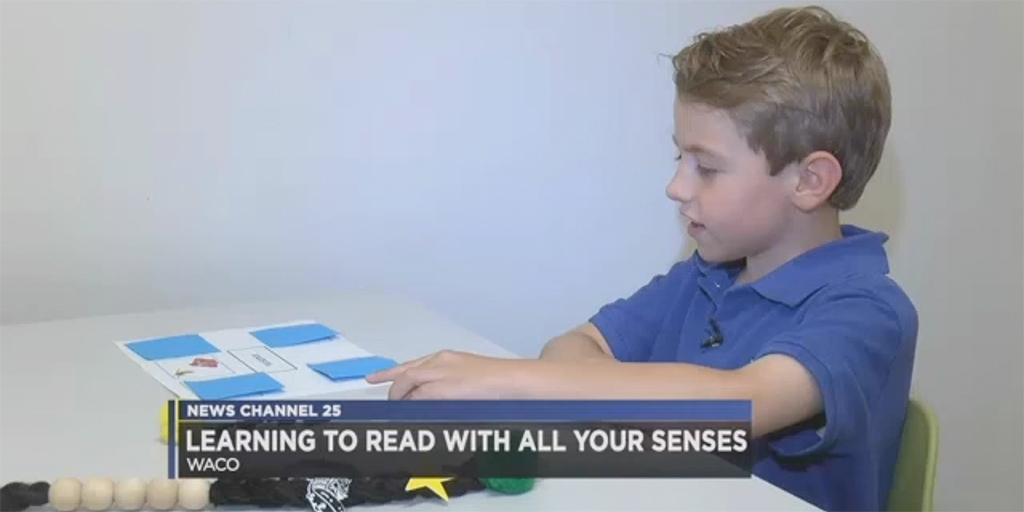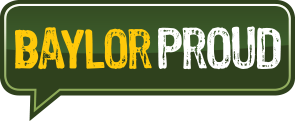Baylor Speech, Language and Hearing Clinic helps voices be heard

On any given day in the Baylor Speech, Language and Hearing Clinic, patients both young and old find their voices in a variety of ways. From children learning to communicate to older adults recovering from strokes, the clinic has met many needs in more than a half-century of service. Last year, the clinic got a stunning new home when Baylor’s Department of Communication Sciences and Disorders (CSD) moved into the Cashion Academic Center.
In May, Waco television station KXXV News Channel 25 visited the clinic during “Better Speech and Hearing Month” to highlight the work done by Baylor’s team of speech pathologists and the graduate students who gain clinical experience as they serve patients. They found a few of the everyday miracles that speech pathologists and patients create every day:
* When 8-year-old Mason Meline first came into the clinic, he couldn’t read. He was full of enthusiasm to learn, but his autism presented challenges. Working with speech pathologist Susan Sherman, Mason engages other senses like hearing and touch to help him learn. By using senses besides sight, Mason can better engage with the text he’s reading and learning. To say he’s shown progress is an understatement; he now can read and demonstrates his burgeoning abilities by telling KXXV he understands “emphases, idioms, expository word power, narrative and vocabulary.”
* If you sing or speak for a living, your voice is an important instrument. Rebecca Bradley, a senior vocal performance major who sings in Baylor Opera, comes to the clinic to gain a better understanding of how to best use her voice from speech pathologist Jana Parker. There, Bradley can actually see pictures of her vocal cords as she sings; she also plays computer games to help her develop muscle memory to properly use her voice. In one game, a zeppelin rises or falls with her pitch as she sings, and she must guide with the right pitch it to hit targets — a fun and modern way to develop habits that will help save and improve her voice when she’s on the stage.
* Although 7-year-old Hagan Rachuig can’t speak, he can understand what others are saying. That provides him with a foundation to learn to communicate visually. When he first started visiting the clinic, his speech pathologist, Nadine Welch, introduced him to symbols that he could use on a Velcro board to communicate. He’s graduated from symbols to words in a book to words on a grid. While the hope is his speech will develop, what he’s learned at the clinic helps him express himself so that now other people can understand him, too.
Click the links in the bullet points above to see and hear Mason’s, Rebecca’s and Hagan’s stories come to life — powerful reminders of the good that comes from Baylor faculty, staff and students.
“One of my favorite Bible verses is Jeremiah 29:11, which says, ‘The Lord your God has plans to prosper you and not to harm you, to give you a hope and a future,'” says Mason’s mother, Shelley. “And I truly believe the Lord is doing that through this program here at Baylor.”
Sic ’em, Baylor Speech, Language and Hearing Clinic!

